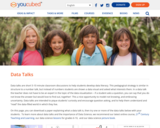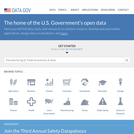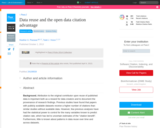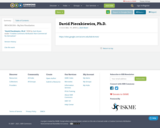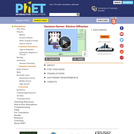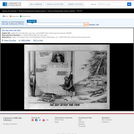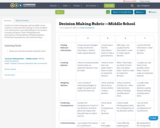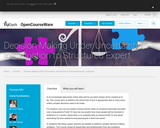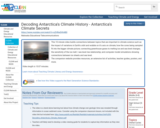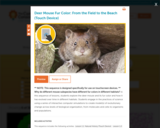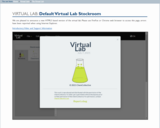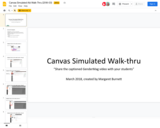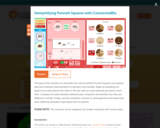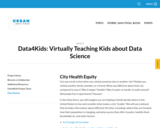
The goal of the Data4Kids project is to help educators prepare children to be better data users, stewards, and consumers. With support from the South Big Data Hub, the Urban Institute and its partners have created a set of tools and resources to help teach kids in primary and secondary schools about data, data science, and data visualization in a virtual environment.
These "Data Stories" are designed to assist educators in supporting students’ data science learning, and can be allow educators to freely used across a variety of grades. Each story is a starter kit for educators at different levels–grades 3-5 (Band 1); grades 6-8 (Band 2); or grades 9-12 (Band 3).
Each Data Story includes an Instructor's Guide, Data (available in Microsoft Excel, CSV, and Google Sheets formats), a Data Dictionary to describe the data values in each story (available in Microsoft Word and Google Doc formats), and Teaching Slides (available in Microsoft PowerPoint and Google Slides formats).
- Subject:
- Mathematics
- Statistics and Probability
- Material Type:
- Activity/Lab
- Data Set
- Lesson Plan
- Author:
- Urban Institute
- Date Added:
- 04/21/2023

